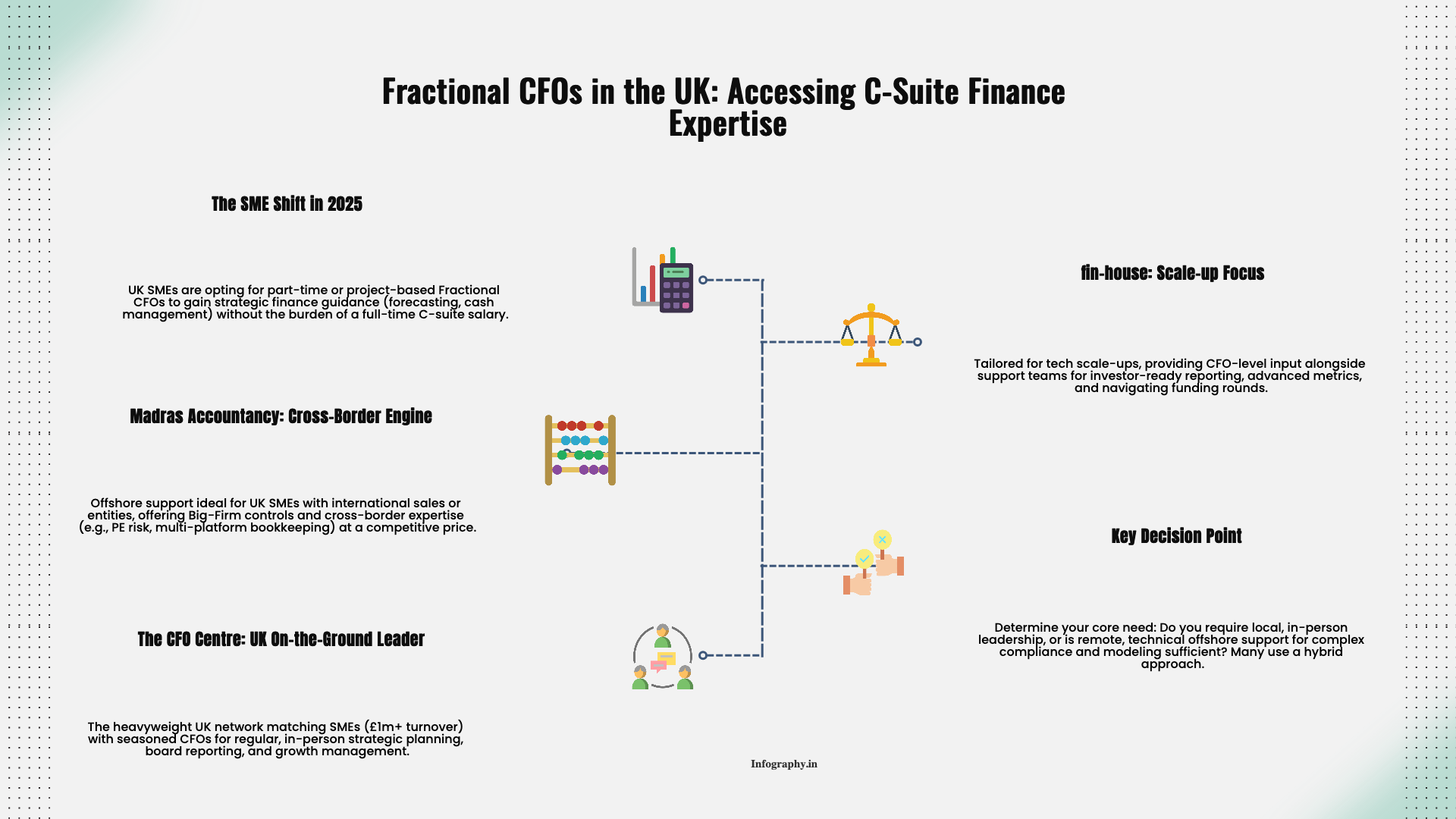It used to be that a small business had employees all in one city, maybe one state. Remote work has changed that completely. Now it is common to see a ten person team spread across four or five states, sometimes without anyone pausing to think about payroll rules until well after the fact.
Multi state payroll is manageable, but it does require some intentional steps. Ignoring the differences and treating every worker like they live in your home state is an invitation for notices later.
As a starting point, you generally need to register for payroll withholding and unemployment accounts in each state where you have employees physically performing work. This is separate from sales tax registrations and often separate from general business registrations.
In practice, this means that when you hire your first person in a new state, one of the onboarding tasks should be setting up those accounts. Your payroll provider may assist with registrations, but you should still understand which agencies you will be dealing with.
Employees usually owe state income tax where they work, not where the company is based. If your company sits in State A but your employee works from home in State B, you normally withhold State B income tax, if that state has one.
Some states have reciprocal agreements that allow residents of one state to avoid double withholding when they work across state lines. These agreements are specific, so do not assume they exist. Check the actual states involved.
One subtle risk in the remote era is employees who move without clearly informing HR or payroll, or who spend long stretches working from a different state than usual. Depending on the length and nature of the move, that new location can create additional withholding or unemployment obligations.
Create a simple policy that asks employees to notify you before changing their primary work location. For temporary assignments, ask your advisor how long someone can work in another state before you should consider registering there.
State unemployment insurance (SUI) is another area where rules differ. There are guidelines that determine which state gets unemployment contributions when work touches multiple states, but they are not always intuitive.
Most small employers can work through this with help from their payroll provider or CPA. The important thing is to avoid paying unemployment tax to two states for the same wages or, worse, to none at all when one clearly expects it.
In some states, cities or local jurisdictions tack on their own payroll related taxes. These might fund transit systems, local income taxes, or school districts. If you hire in a major metro area, check whether any local add ons apply.
Your payroll software should allow you to assign the correct locality based on the employee's address. It is worth testing this with one small payroll before you scale up hiring in that area.
When you operate in several states, it helps to keep payroll records organized accordingly. Being able to quickly see wages, taxes, and headcount by state makes it easier to file returns, respond to notices, and plan where additional hires might create extra complexity.
Multi state payroll does not mean you need to become a multi state tax attorney. It does mean you should treat each new state as a small project rather than an afterthought. A bit of structure up front beats a patchwork of rushed fixes later. For comprehensive guidance, see our payroll compliance checklist and guide on managing global payroll.
.png)
December 9, 2025
A straight-talking overview of five small business tax prep options in 2025, including Madras Accountancy, TurboTax, H&R Block, TaxSlayer, and Bench’s books-plus-tax model.

December 9, 2025
An on-the-ground guide to the UK’s fractional CFO ecosystem – London and beyond – including The CFO Centre, fin-house, FD Capital, BKL, BSmart, and how Madras Accountancy fits into cross-border and hybrid models.